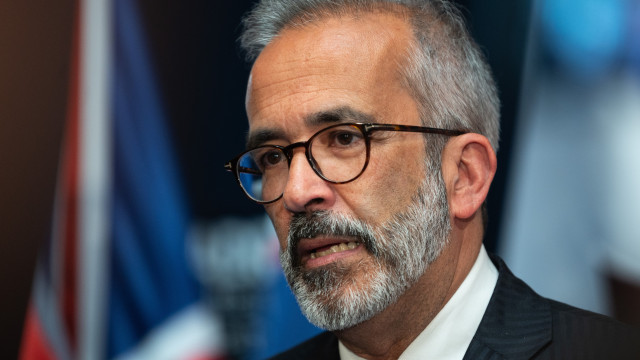
Youth with higher qualifications earn more and find it easier to secure employment, concludes the ‘Annual Education Report 2025’, a research effort by Edulog, the educational think tank of the Belmiro de Azevedo Foundation.
The study reveals that a worker with a master’s degree earns around 80% more than someone with only a high school diploma, and for bachelor’s degree holders, the salary difference is 45%. Researchers, however, warn of the low presence of disadvantaged family backgrounds in master programs.
The past few years have seen an increase in graduates with bachelor’s and master’s degrees, yet the transition to a master’s remains a crucial axis of inequality among higher education graduates, notes the study released today, which analyzed the evolution from 2018 to 2023.
Approximately 40% of bachelor’s degree holders immediately transition to a master’s (five percentage points more than in 2018), but this transition heavily depends on the graduates’ context, with significant consequences in terms of equity, researchers emphasize, noting there are more men pursuing studies.
It is also more common for university students than polytechnic institute students to enroll in master programs: 58% of public university students compared to only about a quarter from the public polytechnic system.
“Inequality is also evident in the different transition rates between graduates with at least one parent with higher education and other graduates. This difference (from 48% to 37%) has intensified over the last five years,” the researchers report.
Likewise, early dropout is more visible among youth who are the first in their family to attend higher education, a phenomenon seen in both bachelor’s and master’s degrees and professional higher technical courses (CTeSP).
Students “from less advantaged socioeconomic backgrounds and less educated families face additional challenges, such as lesser family support, fewer cultural resources, and greater economic difficulties,” the researchers warn, adding that “the dispersion of tuition fees between the two cycles is not irrelevant to these transition differences.”
Additionally, while more qualified youth secure better salaries, fewer now face difficulties in finding employment.
“While unemployment rates among secondary school graduates, bachelor’s, and master’s holders were relatively close before the pandemic, in recent years, master’s degree holders exhibited unemployment rates about 40% lower than those of secondary education graduates,” the researchers note.
Unemployment rates among higher education graduates were below 6%, and professionals with a master’s degree dropped to around 4.7%, while the active population with lower secondary education continued with unemployment above the pre-COVID period, and those with CTeSP showed rates above 10%.
These figures conceal areas where graduates still struggle more to find work—social services, information and journalism, and architecture and construction—as opposed to those trained in health, who report unemployment rates of just 1.2%.
The study also shows that graduates in fields like mathematics and statistics, engineering, computing, sciences, and education have unemployment rates below or close to the 2% threshold.
Researchers highlight the impact of education from early childhood on future valuation in the labor market. The future begins to take shape as soon as children can or cannot attend daycare and preschool, progresses through the choice between scientific-humanistic or vocational education in secondary, and finally through access to undergraduate and master programs.




